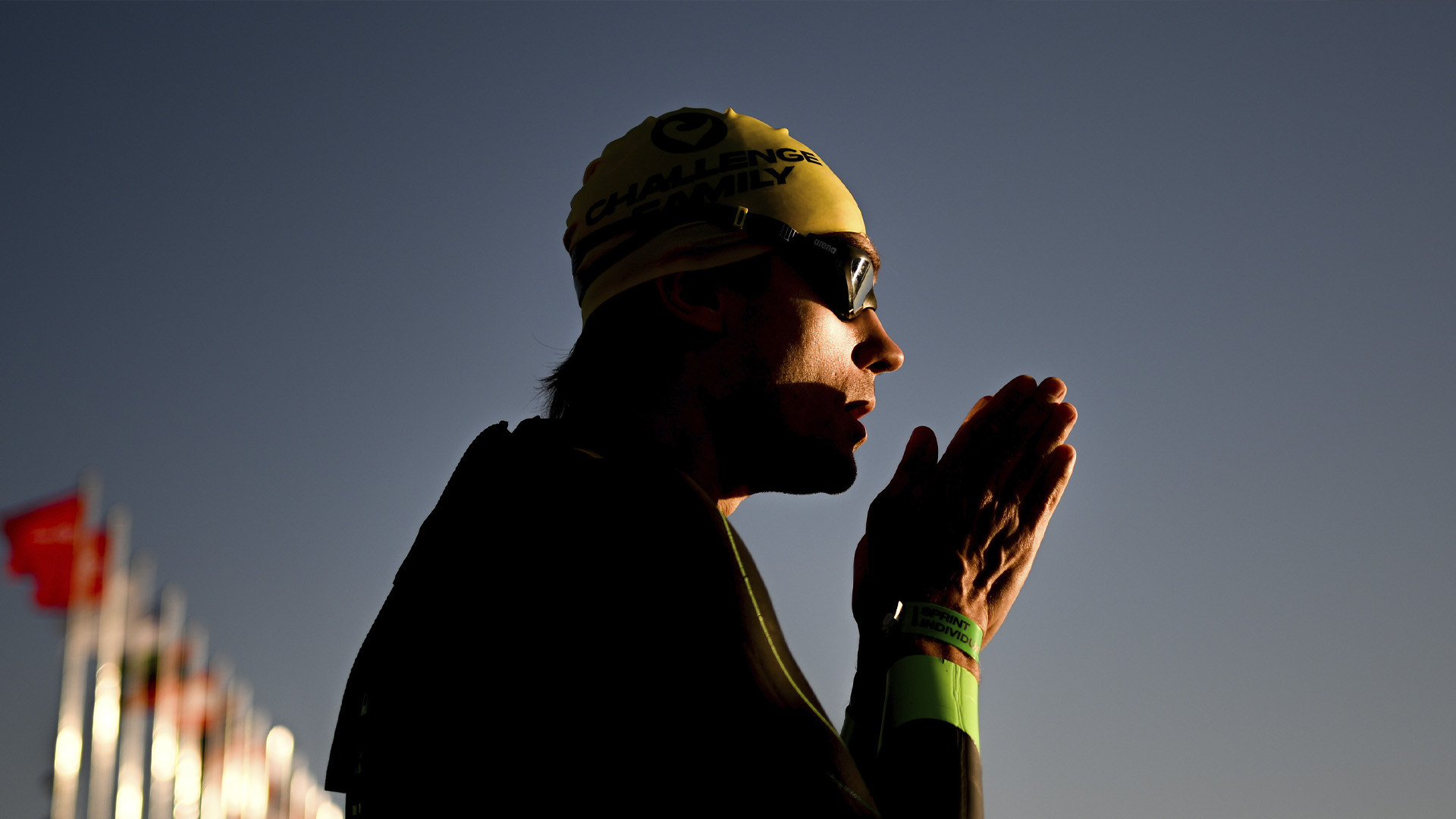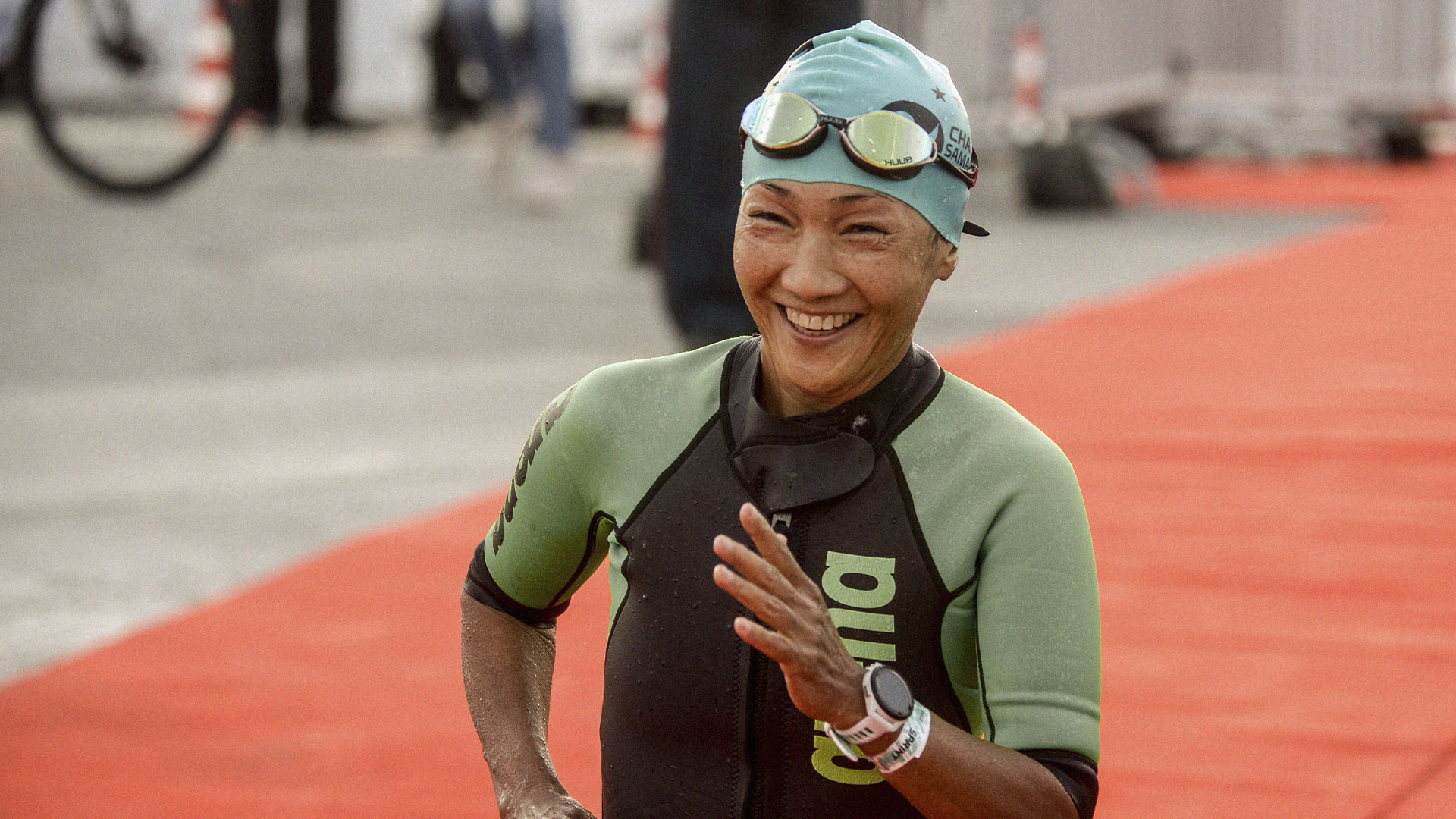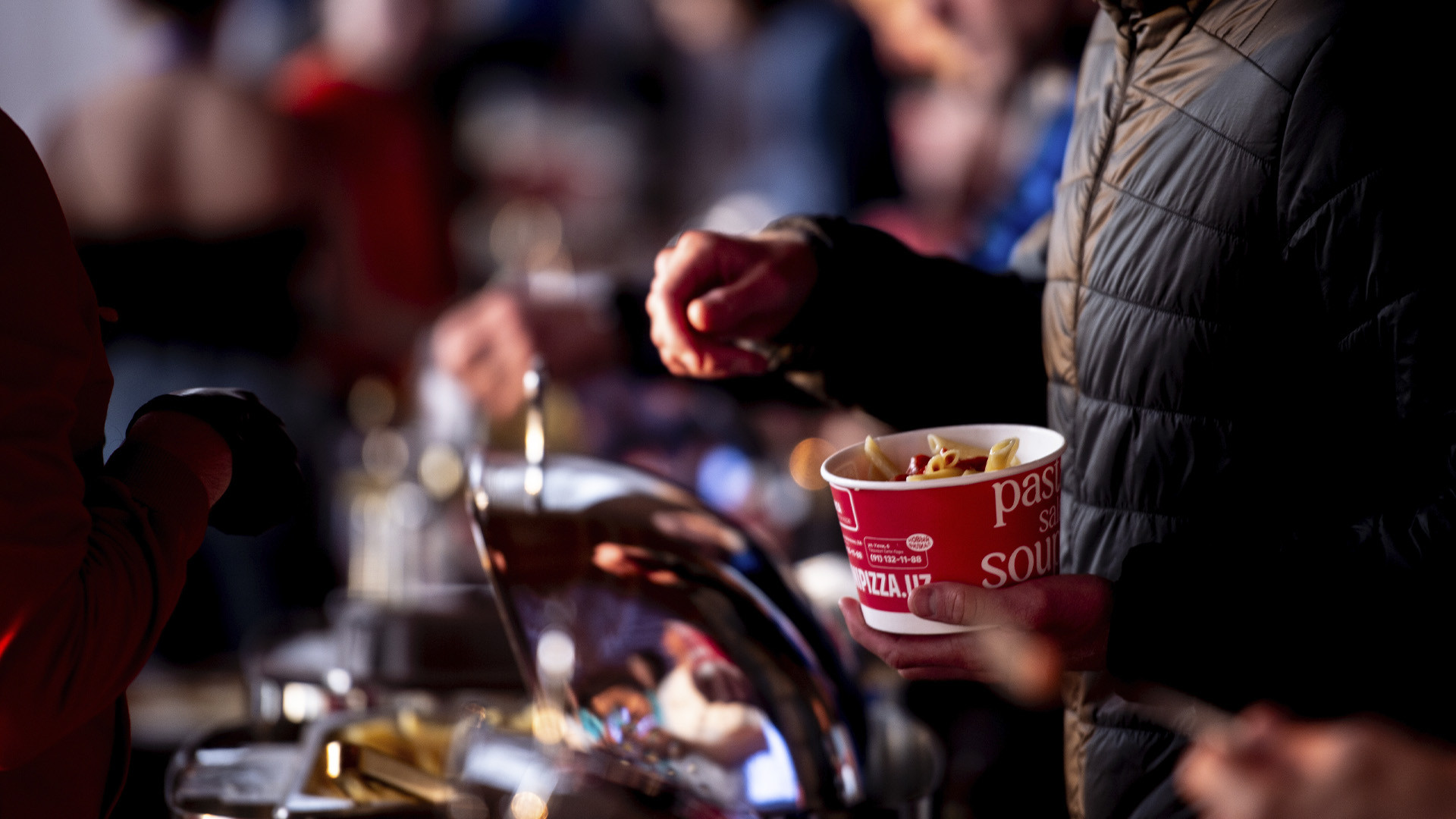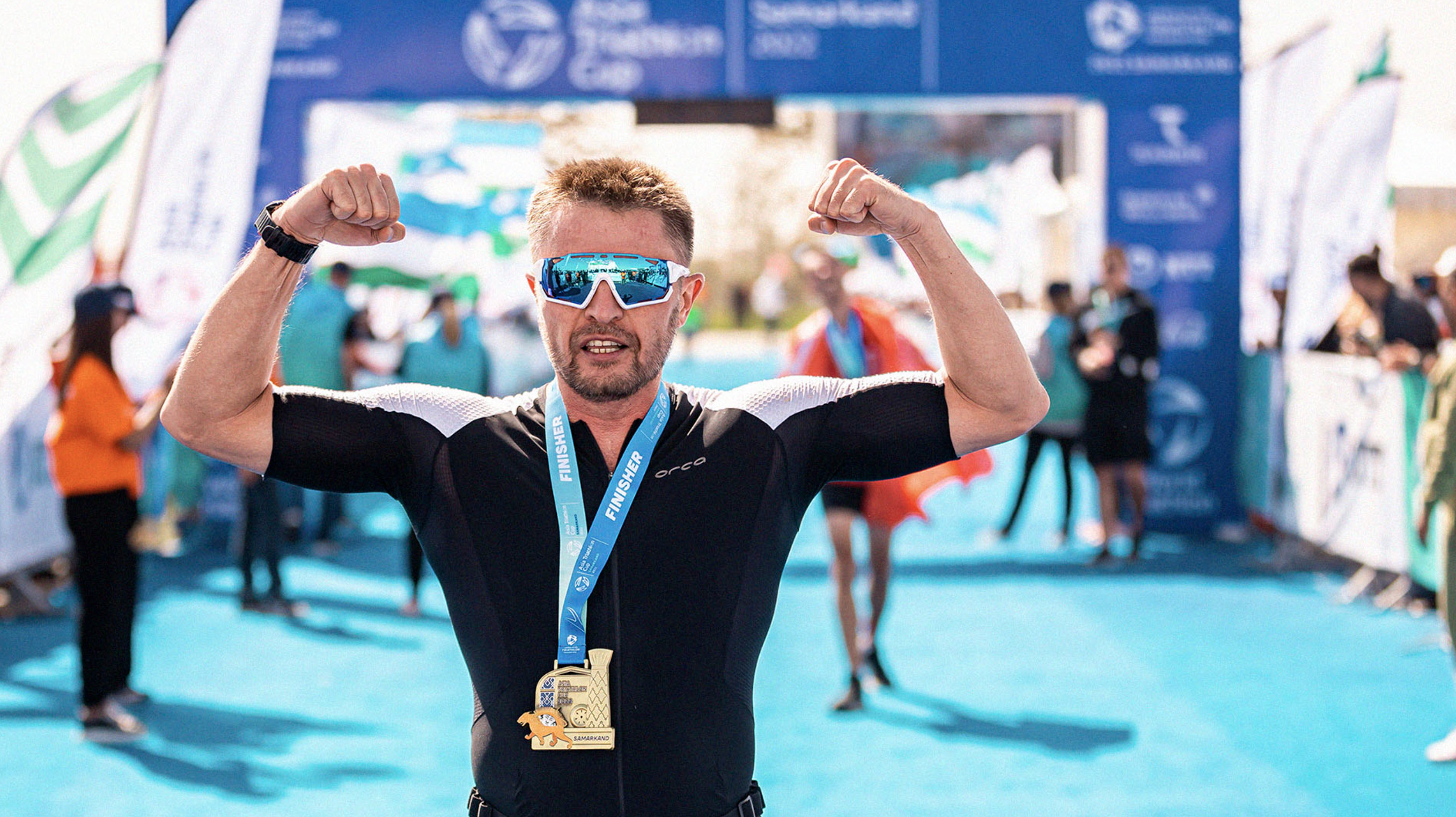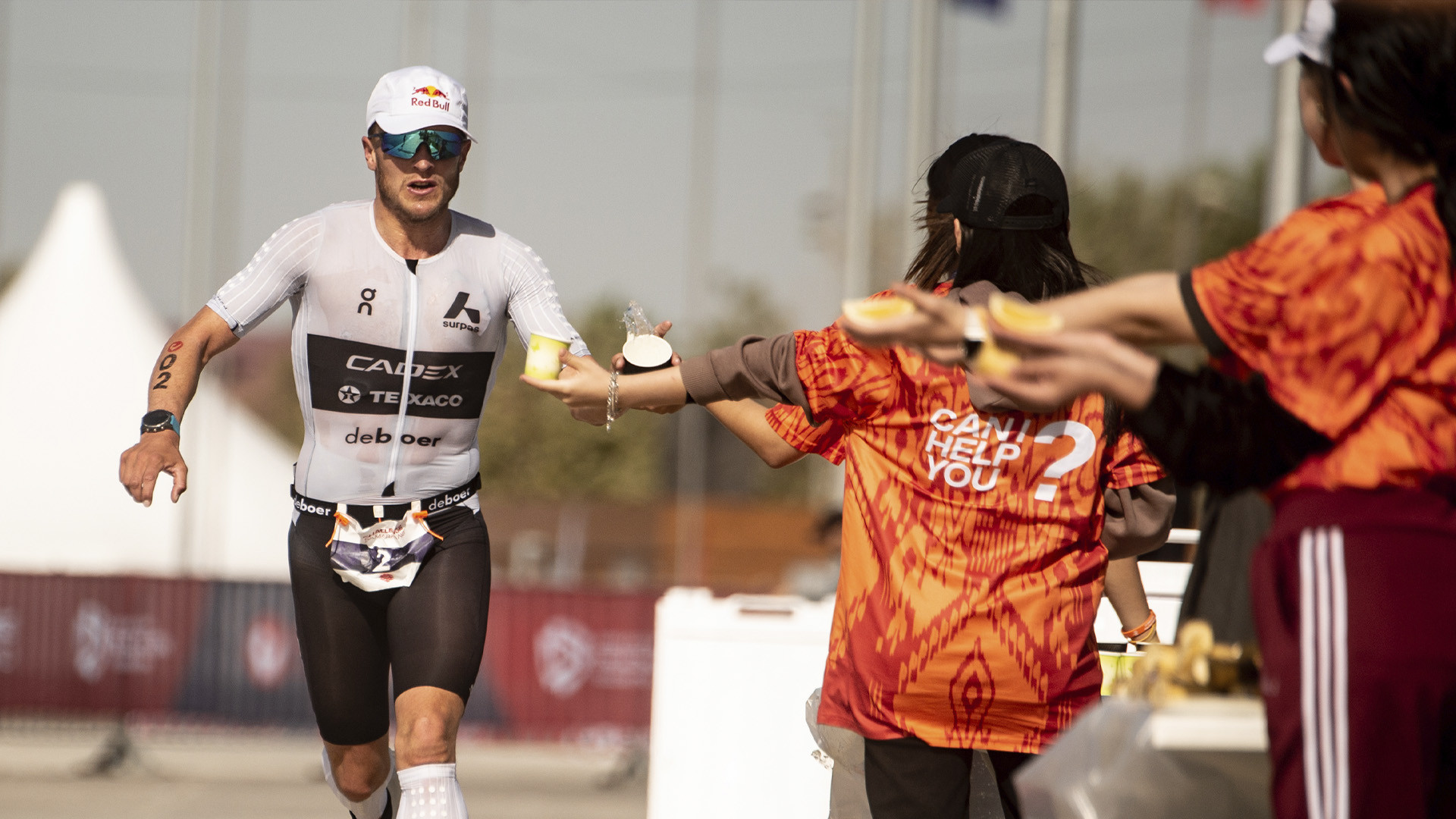- Home
- Recommendations
- Bicycle Mechanics
- Bicycle mechanics
Choosing a bicycle is a crucial moment for a triathlete. Even if you're using your familiar bike, you still need to make sure it's suitable for training. Riding a bike that doesn't fit you, even if it's a high-tech racing bike, can make your training unproductive and increase the risk of injury. Your physical condition, pedaling power, maneuverability, and the ability to reduce air resistance depend on the proper bike setup and a comfortable riding position.
Choosing a bicycle.
Most bike manufacturers offer size recommendations based on your height. However, these do not take into account the differences between leg and torso length among individuals. Therefore, two people of the same height may require different-sized bikes. There is no single measurement from manufacturers that guarantees the perfect bike size for specific body dimensions. Bike sizes are usually indicated, like clothing, by letters: S, M, L, etc., or by numbers in centimeters, which refer to the length of the top tube of the frame.
Frame size is the most important factor. The choice of frame size depends on the rider’s height and leg length. You must purchase a bike with a frame size that suits you since it cannot be changed. Each bike brand has its unique frame design and dimensions. When trying out a bike, you should wear the shoes you’ll be using for training.
After purchasing, the bike will need to be adjusted to fit you, which means setting it up.
Bike fitting is the process that includes adjusting the saddle, handlebars, and pedals.
Saddle height is a key aspect to consider. The saddle height is determined by the rider’s leg length. To find the ideal saddle height, sit on the bike in your cycling shoes. Set the pedals in a vertical position relative to the ground. Look at your leg on the lower pedal and ensure that the knee is slightly bent. Bike saddles vary in shape, materials, and padding. When choosing a saddle, make sure it's comfortable and fits well. Some cyclists change the saddle angle, tilting it up or down. However, most people prefer a level saddle. Many bike manufacturers indicate the maximum seat height, allowing you to compare it with the seat height of your previous bike.
Handlebar reach refers to the distance you need to reach the handlebars from the saddle. Handlebar reach is adjusted using the bike's stem. The optimal combination of comfort, aerodynamics, and power is achieved when your body is positioned at a 45-degree angle to the horizontal, and the angle between your arms and back should be about 90 degrees. The reach is determined by the length and angle of the bike's stem. Adjusting it provides the necessary distance.
Handlebar width should match the width of the rider’s shoulders. The width is the most visible factor, but the drop, bend, and flare of the handlebars also play a role. Handlebars typically come in widths ranging from 36 cm to 44 cm. In some cases, this figure can increase to 50 cm or more. The best way to choose the ideal handlebar width is to measure the distance between the athlete’s shoulder joints, which will give the required width.
Pedal position is also critical, as proper pedal adjustment ensures maximum pedaling power. It should be positioned so that the ball of your foot is above the pedal axle. If you’re clipped in, pedal position becomes another source of adjustment. Depending on the brand of your pedals and the model of your cycling shoes, the degree of adjustability will vary.
You can participate in your first triathlon on any comfortable bike you have. Many high-level triathletes believe that the bike should not be a limiting factor.

